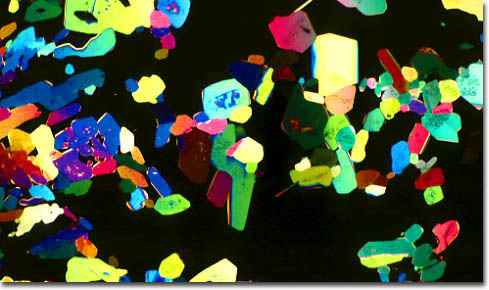|
The word albumen derives its name from the Latin term albus, meaning "white," and was originally considered a single substance that comprised egg whites. However, according to modern research and popular scientific opinion, albumens are an entire group of similar, but distinct, compounds that chiefly consist of extended chains of amino acids. The globular proteins are water-soluble, coagulate when heated, and undergo denaturation when hydrolyzed. Found in most animal tissues as well as bacteria and some plants, the physiological function of albumens is heavily dependent upon their location. Albumen that occurs in blood serum, for instance, helps regulate osmotic pressure and the viscosity of the blood, while the albumen in eggs facilitates the survival of the developing embryo.
|
